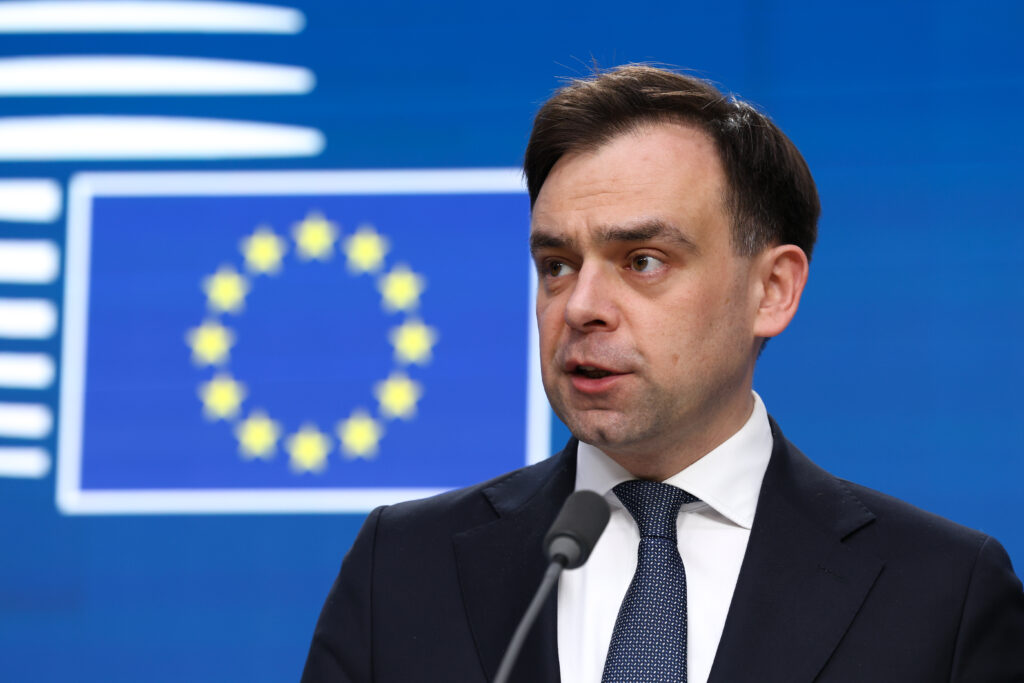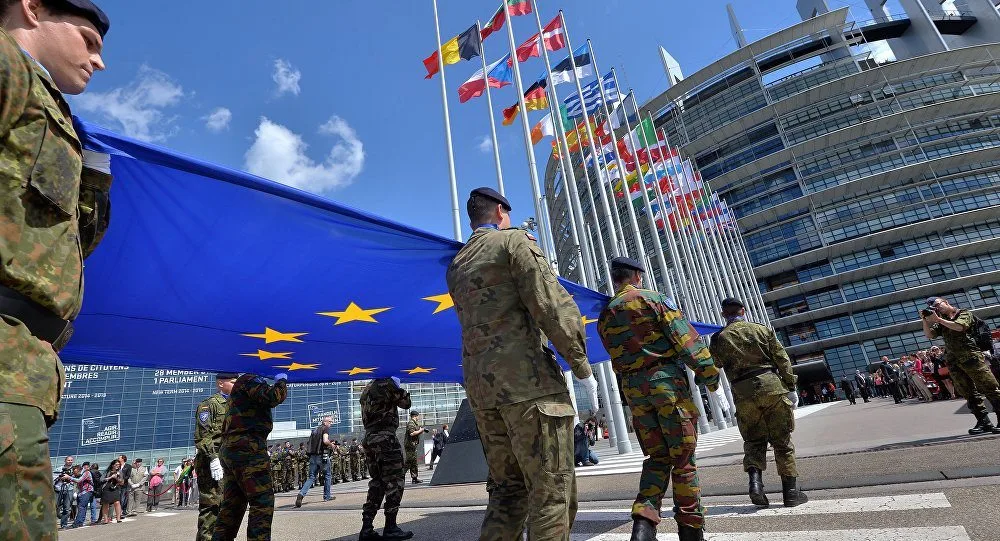Brussels – While Uncle Sam’s security umbrella is increasingly in doubt, the European Union aims to reduce fragmentation in the defense field. Or at least it is trying to. Chancelleries will discuss the creation of the European Defense Mechanism in the coming days, a fund aimed at “Europeanizing” this strategic sector by opening up cooperation with non-EU countries. The most significant item on the agenda is joint procurement, but the issue of resources needs to be solved.
When they meet for an informal meeting in Warsaw later this week – April 11 and 12 – the Finance ministers of the 27 member states will be joined by their counterparts from the United Kingdom, Norway, and Switzerland. The main issue will be establishing a dedicated fund to finance the leap in defense that all European countries–inside and outside the Union–now recognize as necessary at a historical stage when it is no longer possible to take for granted US support.
The goal is to coordinate efforts and lay the groundwork for what should eventually become Europe’s military industry. The first brick will be a European Defense Mechanism (EDM), which, modeled on the European Stability Mechanism, will take the form of an instrument external to EU legal structures. However, unlike the notorious ESM, third countries will be able to access it, and it will not require the participation of all 27 member states to avoid exposing it to national vetoes.
The idea comes from a study of the Brussels-based economic think tank Bruegel that the Polish presidency of the EU Council commissioned. There has been talk about Continental Defense for months, and British Prime Minister Keir Starmer recently proposed a Pan-European Fund to finance it. The reasoning is that it is necessary to reverse decade-long economic and strategic habits to effectively enable Europe to respond to threats in the changed geopolitical environment. In concrete terms, this means several things.

First, we need scale. Translated, we need to reduce the fragmentation of the European industry and market, which follow “national biases” starting with procurement, and accelerate toward creating a single defense market that rests on a solid manufacturing base. The problem is that, until now, the war industries of the 27 member states have always reasoned according to national schemes, ending up losing out both in terms of interoperability and duplication of costs.
“Greater cooperation is essential to close technology gaps and reduce rearmament costs,” reads the Bruegel paper. The think tank warns that unless purchases are pooled, European chancelleries will find it challenging to manage the inflationary spiral triggered by all governments intent on increasing their defense budgets. This risk can be mitigated through a “combination of integrated markets and scaled-up procurement,” which would “increase competition and facilitate the entry of new companies in the sector,” in line with Brussels’ economic orthodoxy.
Indeed, we are not starting from scratch. At the EU level, there are already several instruments and programs – including the European Defense Fund (EDF), the Munitions Production Regulation (ASAP), and the Joint Procurement Program (EDIRPA) – aimed at strengthening the production of strategic assets and financing them. But, as evident in the case of the ReArm Europe plan (which loosens the reins on governments by allowing member countries virtually unlimited borrowing), the national logic has not yet been overcome.
In addition, technological gaps need to be filled to produce Made-in-Europe weapons systems without being overly dependent on foreign suppliers, starting with those in the US (although this dependence will be pretty tricky to solve). This last aspect is mainly related to the indigenous production of so-called strategic enablers, such as military satellites (the parts and the very technology that makes them work). Bruegel also mentions expanding the role of the European Defense Agency (EDA) and strengthening permanent structured cooperation (PESCO), which allows member states who wish to do so to deepen collaboration in specific areas without having to involve all 27 member states.

Now, as always, the key issue is funding. What endowment should the EDM have, who would pay for it, and how would disbursements from the fund work? In all likelihood, discussions on these issues will be prolonged, given the challenging economic climate. However, some ideas already exist, such as recovering the necessary resources through joint lending on capital markets.
The financial participation should depend on some measure of contribution that considers the size of the national economy, military expenditures, or strategic assets of different countries. The capital shares would also define the participants’ relative weight in decision-making. One of the hypotheses would also include granting facilitated loans to “frontline members” (those on NATO’s eastern flank, presumably).
“The EDM could own strategic instruments and charge” participants “user fees, reducing the budgetary impact of rearmament,” the study says. Specific steps will then be necessary to avoid opening the door to undue state aid and to reiterate the logic of domestic preference that would benefit domestic contractors at the expense of foreign ones.
English version by the Translation Service of Withub





